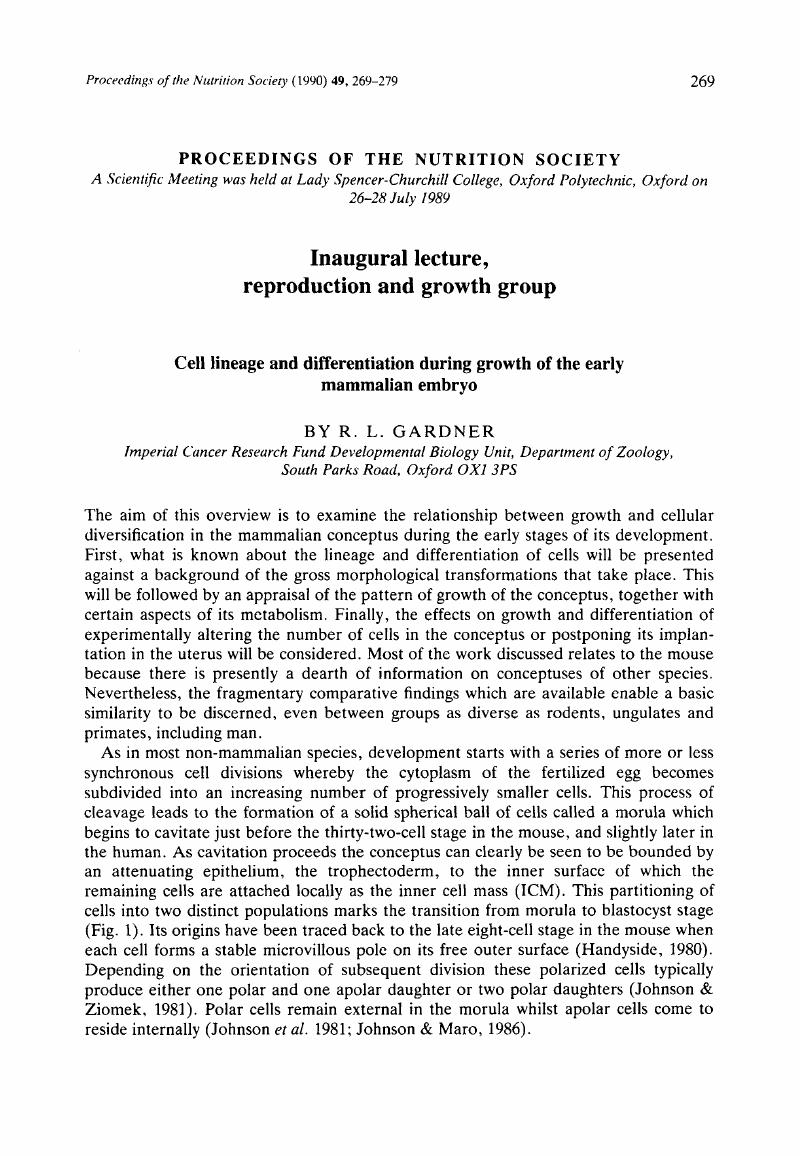Crossref Citations
This article has been cited by the following publications. This list is generated based on data provided by Crossref.
Kirchhof, N.
Carnwath, J.W.
Lemme, E.
Anastassiadis, K.
Schöler, H.
and
Niemann, H.
2000.
Expression Pattern of Oct-4 in Preimplantation Embryos of Different Species.
Biology of Reproduction,
Vol. 63,
Issue. 6,
p.
1698.
Mitalipov, Shoukhrat M.
Kuo, Hung-Chih
Hennebold, Jon D.
and
Wolf, Don P.
2003.
Oct-4 Expression in Pluripotent Cells of the Rhesus Monkey1.
Biology of Reproduction,
Vol. 69,
Issue. 6,
p.
1785.
Lim, Wai Feng
Inoue-Yokoo, Tomoko
Tan, Keai Sinn
Lai, Mei I
and
Sugiyama, Daisuke
2013.
Hematopoietic cell differentiation from embryonic and induced pluripotent stem cells.
Stem Cell Research & Therapy,
Vol. 4,
Issue. 3,
Ozdemir, Nazli G.
Zhang, Tao
Hadavinia, Homayoun
Aspin, Ian
and
Wang, Jian
2015.
Rheological properties, cure characteristics, and morphology of acrylonitrile‐based nanorubber modified epoxy.
Journal of Applied Polymer Science,
Vol. 132,
Issue. 18,
Schuster, Felix
Aldag, Patrick
Frenzel, Antje
Hadeler, Klaus-Gerd
Lucas-Hahn, Andrea
Niemann, Heiner
and
Petersen, Björn
2020.
CRISPR/Cas12a mediated knock-in of the Polled Celtic variant to produce a polled genotype in dairy cattle.
Scientific Reports,
Vol. 10,
Issue. 1,



